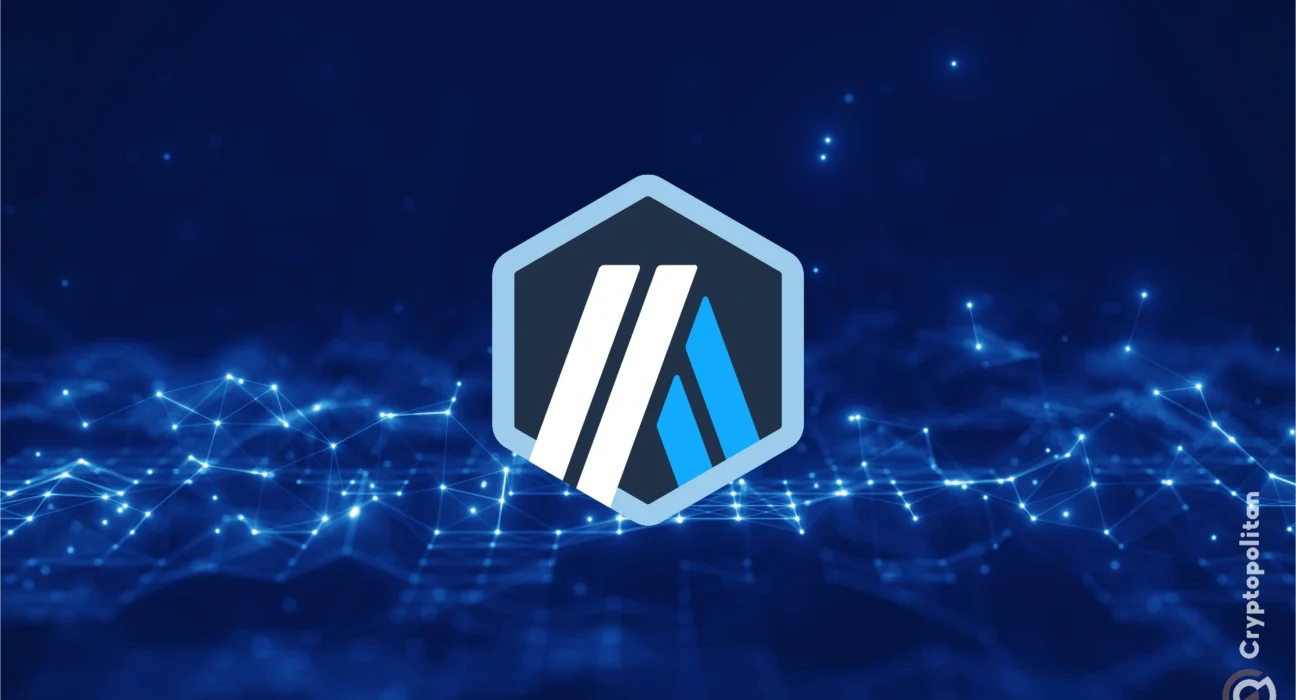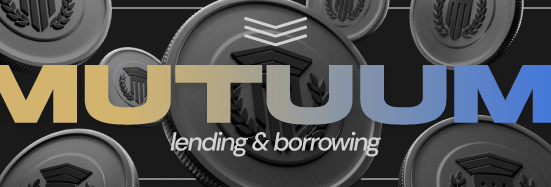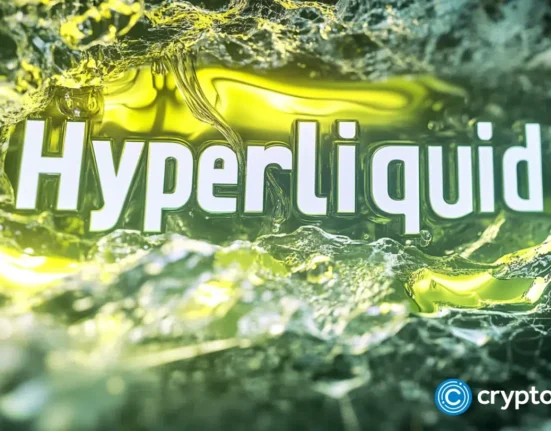Arbitrum’s hopes of reinvesting its Ethereum holdings in yield-generating opportunities have hit a hurdle.
Some delegates within its decentralized autonomous organization (DAO) have expressed strong opposition to the recommendations of its three-member Growth Management Committee (GMC).
The GMC has suggested using 7,500 ETH from Arbitrum’s treasury to back three decentralized finance (DeFi) projects, none of which are built on top of Arbitrum. The committee plans to invest 5,000 ETH into the liquid staking protocol Lido, which would generate 5,000 wstETH (wrapped staked ETH) tokens.
The GMC also recommended utilizing the 5,000 wstETH in the Aave V3 on Arbitrum to enhance borrowing and take advantage of future incentive programs related to Lido, Aave, Renzo, and Kelp. The remaining 2,500 ETH will be used for the lending protocol of Fluid’s Arbitrum platform.
The GMC reviewed proposals from 45 protocols, including Dolomite, GMX and other Arbitrum-native options. It expects a 4.54% yield from wstETH deposits. It is expected that the allocation to Fluid protocol will yield 1-2% in native ETH, enhancing the liquidity of the ecosystem in Arbitrum. However, all requests for comment to GMC members were left unanswered as of publication time.
GMC faces backlash for overlooking Arbitrum-native projects
The GMC was designed to increase risk in order to increase yields, support emerging protocols, and build up Arbitrum native projects. However, as Entropy Advisors’ proposal stated, it finally concluded that building a solid but conservative foundation for the DAO’s treasury strategy was the best strategy for now until the DAO has enough capacity to actively control the positions.
Although the GMC provided some explanation for its decision, some members of the Arbitrum DAO have shared doubts as to why other Arbitrum-based protocols were not recommended for funding. JoJo, the delegate was also curious why a part of the 7,500 ETH fund was not spread among other protocols while also stressing the necessity of supporting builders who back Arbitrum instead of other platforms like Coinbase or Solana.
Delegate Ultra also had issues with the proposal, pointing out that it doesn’t inspire confidence in Arbitrum-specific projects. While not outright opposing the allocation, he called it the simplest and least ambitious of the three options. He said that even putting 10% of the funds into Arbitrum-based projects would have been nice. He said that other projects like GMX, Dolomite, and Camelot could have been viable alternatives despite the risks.
In response, the GMC has pointed out that this proposal is only the beginning of a sequence of future allocations expected to funnel ETH and stablecoin revenue back into the Arbitrum DeFi ecosystem. The idea is to improve the sustainability of DAOs and continue supporting Arbitrum’s network of builders in the long run.
However, ultra contended that the GMC missed a crucial opportunity to demonstrate alignment with Arbitrum’s native projects. He said that it seems natural that,more protocols can be explored as rounds go on, but this doesn’t mean that the first round should be any less important. He continued to sat that the first round is the one that draws much attention, and there’s great importance on the publicity aspect too.
Delegates prepare to vote on controversial investment proposal
The proposal will be voted on in a Snapshot vote as of Thursday and requires a simple majority and 3% of votable tokens quorum to pass. Ultra predicted that the proposal was likely to be rejected, and the group expressed an intention to vote against it. In Ultra’s view, any new plan will likely have 5-40% of its allocation going to Arbitrum-native projects.
The GMC and a separate Treasury Management Committee (TMC) were founded last year by Arbitrum’s DAO to find risk-free places to deploy the Layer 2 Ethereum bridge’s ETH.
Entropy Advisors brought to the original GMC/TMC proposal the notion that the DAO has not so much taken a single productive step with its ETH and has missed a chance to deploy those to grow, form partnerships, and yield. It also highlighted that the DAO has locked its holdings, which could have amounted to about 400 ETH in staking rewards, by not using them.
Cryptopolitan Academy: Are You Making These Web3 Resume Mistakes? – Find Out Here








